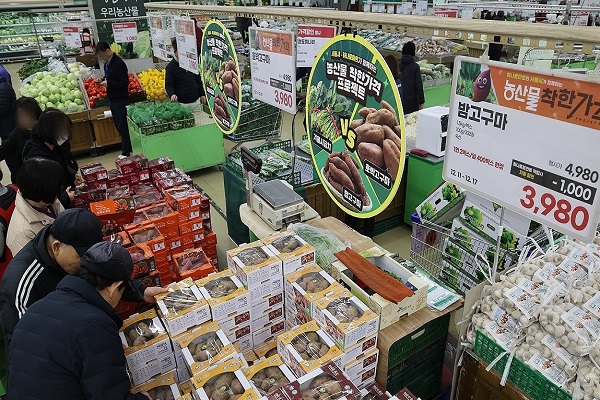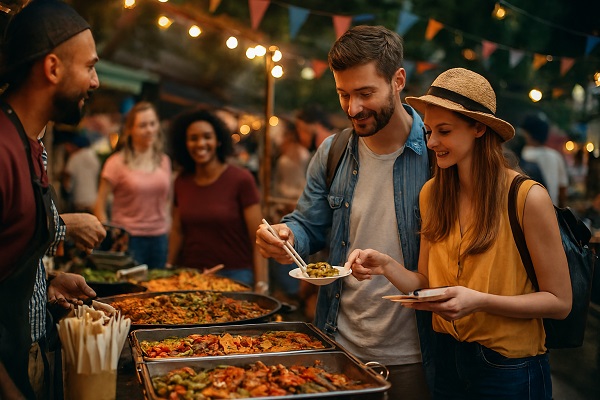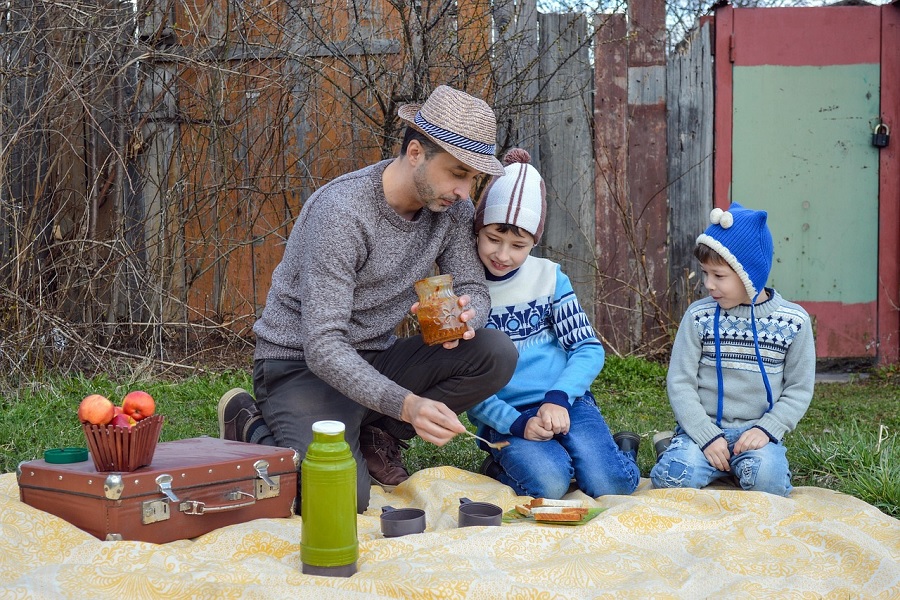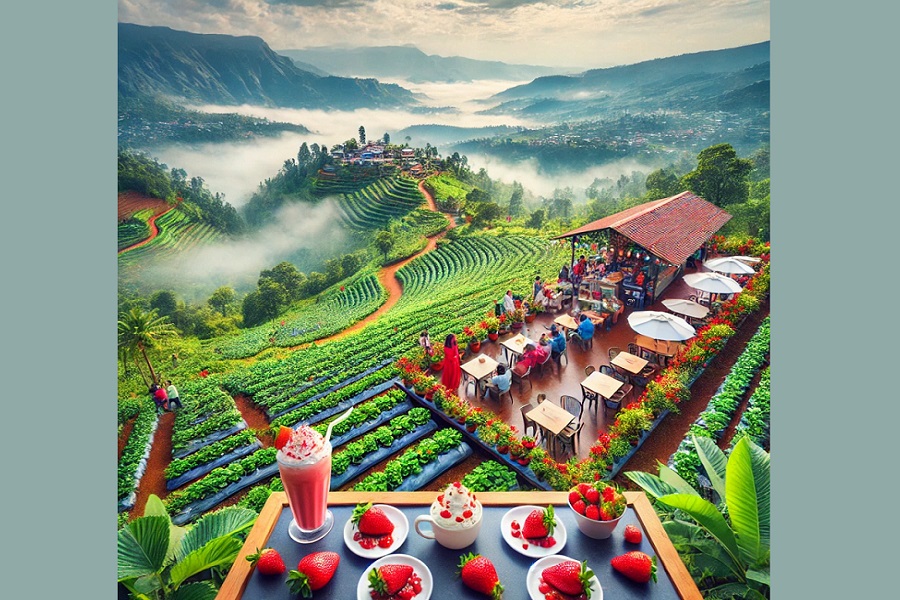Food and Beverage Tourism: A Journey of Flavors and Culture

The Essence of Culinary Travel
For food lovers, travel isn’t complete without exploring local cuisines. From street-side stalls serving spicy chaats in India to Michelin-starred restaurants in Paris, every destination offers a unique flavor profile that reflects its history, geography, and people. Food becomes the bridge between cultures, helping travelers understand the heart of a place.
Global Flavors, Local Traditions
In Thailand, travelers flock to night markets for authentic Pad Thai and mango sticky rice. In Italy, food tourism means savoring handmade pasta and sipping fine wines in Tuscan vineyards. In India, it’s about relishing regional diversity — butter chicken in Punjab, dosas in Tamil Nadu, and seafood curries along the Konkan coast.
Each dish reflects generations of tradition, craftsmanship, and passion. Beverage tourism, too, is thriving — from wine trails in France and Napa Valley to coffee plantations in Coorg and Colombia.
The Rise of Sustainable and Farm-to-Table Experiences
Modern travelers increasingly seek authenticity and sustainability. Farm-to-table dining experiences, organic vineyards, and local food tours offer eco-conscious options that support farmers and promote ethical dining. This shift not only preserves culinary heritage but also benefits local economies.
Why Food Tourism Matters
Promotes cultural exchange and understanding.
Supports local farmers, artisans, and small businesses.
Encourages sustainable agricultural and dining practices.
Enhances tourism through immersive experiences.
A Feast for the Senses
Food and beverage tourism is more than a trend — it’s a movement that celebrates the world’s diversity through taste. Whether it’s sipping traditional chai in Jaipur, tasting tapas in Spain, or exploring Japan’s sushi culture, every meal is a passport to discovery.























